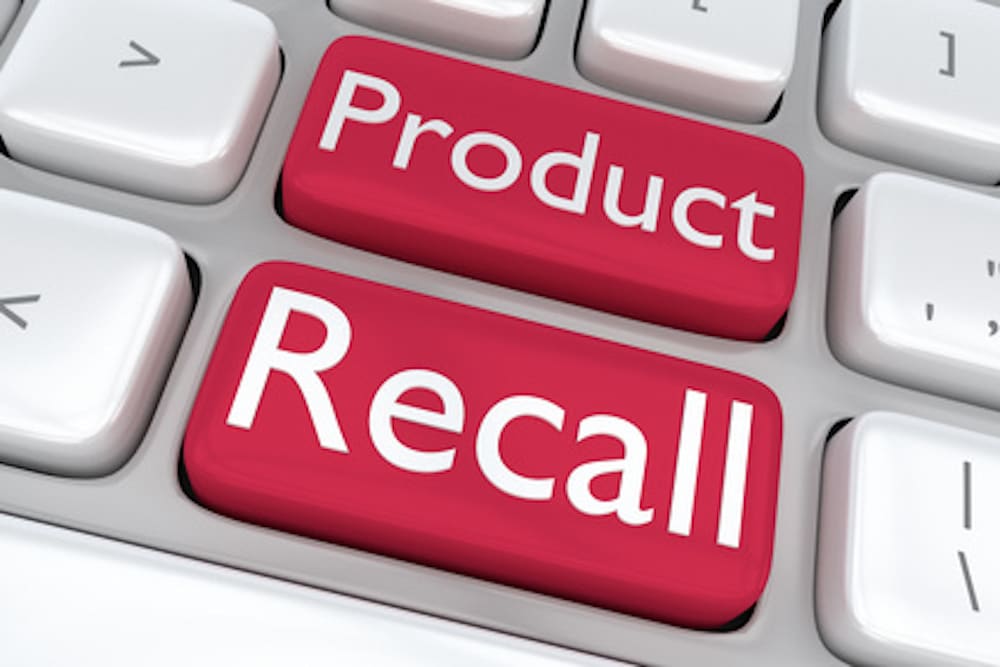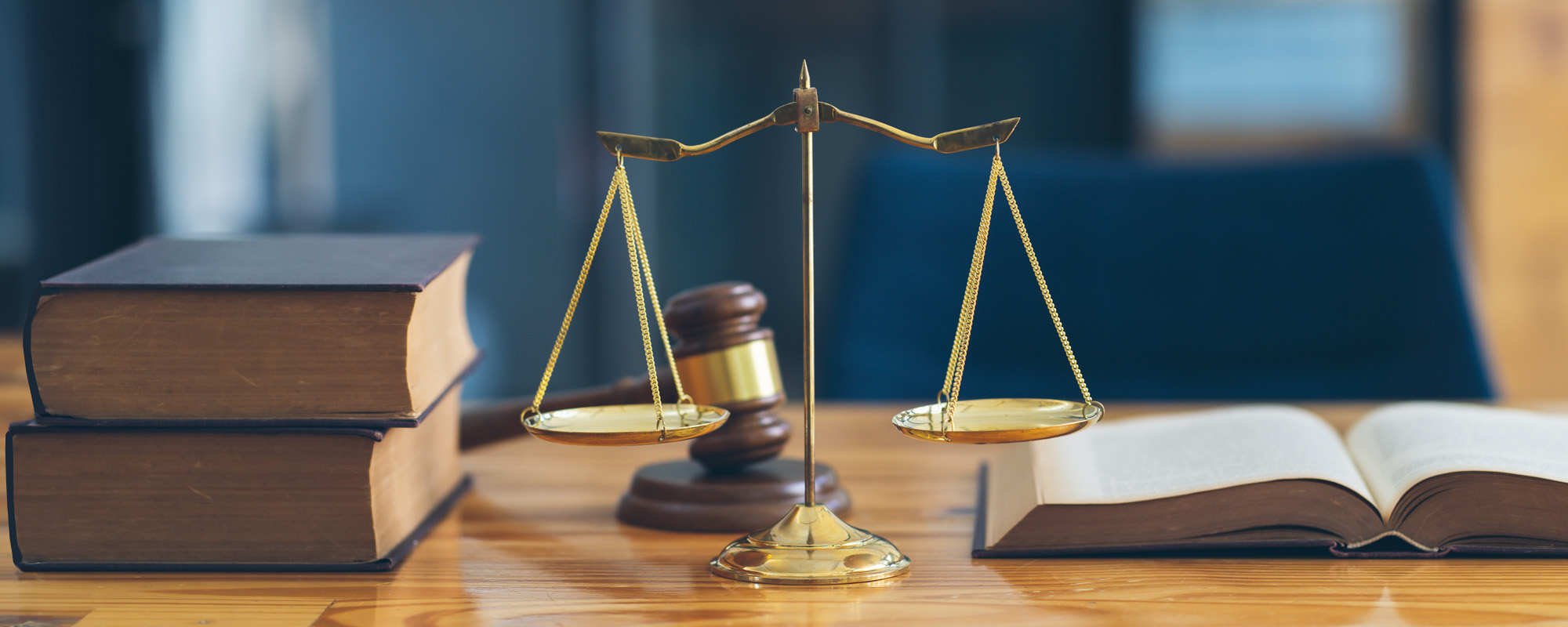
When you’ve been injured due to a defective product, the immediate response might be to discard the item. After all, why would you want to hold onto something that caused you harm? However, in the legal landscape of personal injuries, preserving that defective item can be pivotal. Please continue reading and reach out to the dedicated Rockland County product liability lawyers here at Mitchell J. Schroeder, P.C. to learn more about why you should keep the defective product that caused your injury.
Five Reasons Why You Shouldn’t Get Rid of a Defective Product After an Injury
Some of the most important reasons why you should think twice before discarding a faulty product are as follows:
- Evidence Preservation: First and foremost, the defective product serves as the primary piece of evidence in your case. Discarding it can equate to throwing away the most tangible proof of your claim. When you approach a New York personal injury lawyer, they’ll want to examine the product, understand its faults, and determine how it led to your injury. Without the actual item, building a solid case becomes significantly more challenging.
- Expert Analysis: It’s not just about having the product, but about what experts can deduce from it. Many personal injury cases rely on expert testimonies. An expert can inspect the defective product to identify the specific malfunction or design flaw. Their detailed analysis and professional opinion can be invaluable in establishing the manufacturer’s liability and strengthening your claim.
- Chain of Custody: Maintaining an unbroken chain of custody for the defective product is crucial. If you dispose of the item and then later retrieve it, or if it moves between multiple hands, doubts can arise regarding its authenticity and condition. A clear chain of custody ensures that the product presented in court is the genuine article and hasn’t been tampered with since the injury.
- Demonstrative Aids in Court: Visualization can be a compelling tool in a courtroom. If your case proceeds to trial, your attorney may wish to show the product to a judge or jury. Being able to see and, in some cases, handle the item allows them to better grasp its defects and the potential dangers it posed. A real, physical object often resonates more than photos or verbal descriptions alone.
- Determining the Extent of Liability: Last but not least, retaining the defective product can help in determining the extent of the manufacturer’s or distributor’s liability. Was the defect a result of a design flaw, manufacturing error, or inadequate instructions? Keeping the item intact can provide insights into who in the production and distribution chain might be liable for the damages.
Suffering an injury due to a defective product can be a traumatic experience. While the instinct might be to rid yourself of the item that caused harm, it’s essential to think of the broader legal implications. Retaining the product safeguards your rights and ensures you stand the best chance of securing the justice and compensation you deserve. If you have further questions or have been injured due to a defective product and are looking to file a claim, contact Mitchell J. Schroeder, P.C. for a free initial consultation.

